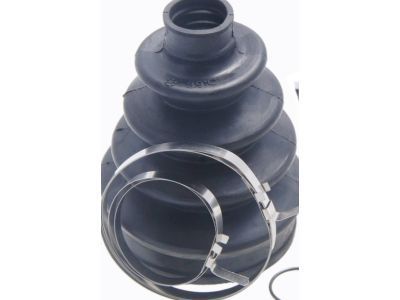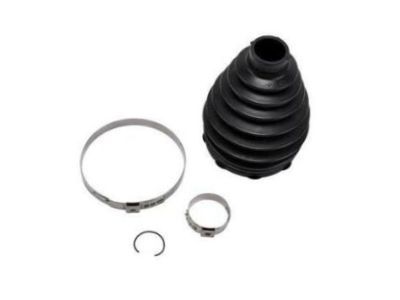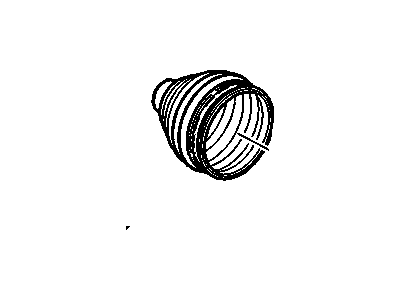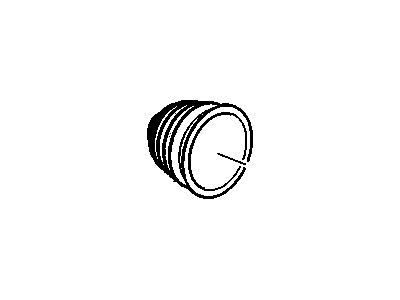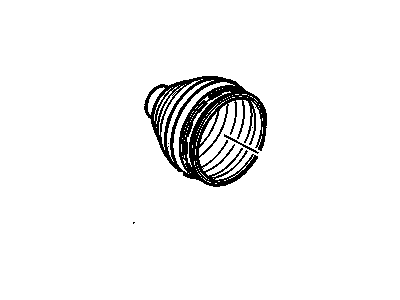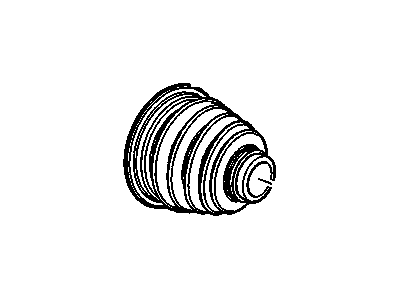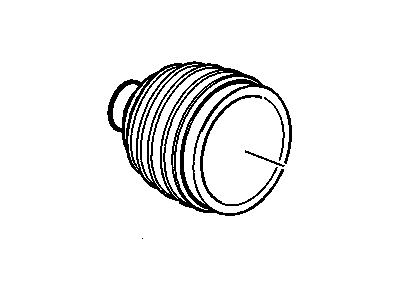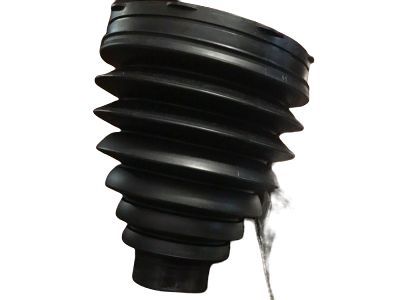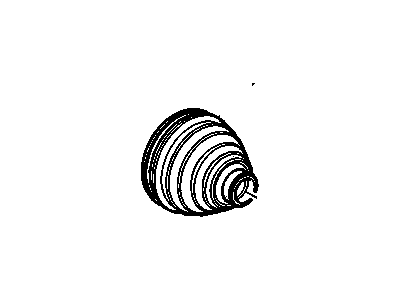
My Garage
My Account
Cart
Genuine Chevrolet Cruze CV Boot
Axle Boot- Select Vehicle by Model
- Select Vehicle by VIN
Select Vehicle by Model
orMake
Model
Year
Select Vehicle by VIN
For the most accurate results, select vehicle by your VIN (Vehicle Identification Number).
10 CV Boots found
Chevrolet Cruze Boot Kit,Front Wheel Drive Shaft Cv Joint Outer
Part Number: 22833444$43.49 MSRP: $73.71You Save: $30.22 (41%)Ships in 1-2 Business DaysChevrolet Cruze Front Wheel Drive Shaft Cv Joint Outer Boot Kit
Part Number: 13318002$18.11 MSRP: $29.76You Save: $11.65 (40%)Chevrolet Cruze Boot Kit, Front Wheel Drive Shaft Cv Joint Inner
Part Number: 39081870$18.48 MSRP: $29.07You Save: $10.59 (37%)Ships in 1-3 Business DaysChevrolet Cruze Boot Kit,Front Wheel Drive Shaft Cv Joint Inner
Part Number: 13291740$46.57 MSRP: $77.07You Save: $30.50 (40%)Ships in 1-2 Business DaysChevrolet Cruze Boot Kit, Front Wheel Drive Shaft Cv Joint Inner
Part Number: 39081911$22.86 MSRP: $35.97You Save: $13.11 (37%)Ships in 1-3 Business DaysChevrolet Cruze Boot Kit, Front Whl Drv Shf Cv Jt Otr
Part Number: 39154475$20.10 MSRP: $33.26You Save: $13.16 (40%)Ships in 1-3 Business DaysChevrolet Cruze Boot Kit, Front Whl Drv Shf Cv Jt Inr
Part Number: 39154476$24.22 MSRP: $40.08You Save: $15.86 (40%)Ships in 1-3 Business DaysChevrolet Cruze Boot Kit, Front Wheel Drive Shaft Cv Joint Outer
Part Number: 13318003$19.66 MSRP: $30.94You Save: $11.28 (37%)Chevrolet Cruze Boot Kit, Front Whl Drv Shf Tri, Pot Jt
Part Number: 39196364$21.87 MSRP: $34.40You Save: $12.53 (37%)
Chevrolet Cruze CV Boot
The CV Boot of Chevrolet Cruze vehicles is specifically created to protect the CV joints with the help of which the power generated by the cars transaxle is transferred to the wheels. This flexible rubber or plastic boot is one that is capable to retain the required lubricant for the CV joints while at the same time making sure that no dirt and debris get in so as to enhance performance. Different types of CV joints are used on Chevrolet Cruze models such as Rzeppa joints for outer ends while the inner ends use tripod or double offset joints. The outer CV joints work through extreme angles while the inboard joints are used where changes in shaft length due to movement in suspension are required. It is necessary to perform the inspection of the CV Boot most often due to the fact that any damage, including the cracks or any tears, may lead to the failure of the CV joint and can harm the performance of the vehicle.
Each OEM Chevrolet Cruze CV Boot we offer is competitively priced and comes with the assurance of the manufacturer's warranty for the part. Furthermore, we guarantee the speedy delivery of your orders right to your doorstep. Our hassle-free return policy is also in place for your peace of mind.
Chevrolet Cruze CV Boot Parts Questions & Experts Answers
- Q: How to inspect the struts and CV boots for wear or damage on Chevrolet Cruze?A:For detailed illustrations of the steering and suspension components, begin with the vehicle stopped and the front wheels pointed straight ahead; gently rock the steering wheel back and forth to check for excessive freeplay, which may indicate worn front wheel bearings, a steering shaft universal joint, or issues with the steering gear. Other symptoms like excessive body movement over rough roads, swaying around corners, and binding while turning the steering wheel may suggest faulty steering or suspension components. To check the shock absorbers, push down and release the vehicle at each corner; if it does not return to a level position within one or two bounces, the shocks or struts are worn and need replacement. Inspect the struts and shock absorbers for fluid leakage, ensuring any noted fluid is from the struts or shocks, as a light film is not concerning. Ensure the struts and shocks are securely mounted and undamaged, checking for damage and wear on the upper mounts; if any issues are found, replace the shocks as a set. Raise the vehicle with a floor jack and support it securely on jackstands, then check the tires for irregular wear patterns and proper inflation. Inspect the universal joint between the steering shaft and steering gear housing for lubricant leakage, ensuring dust seals and boots are intact and boot clamps are secure. Examine the steering linkage for looseness or damage, checking tie-rod ends for excessive play, and look for loose bolts, broken parts, or deteriorated rubber bushings. With an assistant turning the steering wheel, check for free movement, chafing, and binding in the steering components. To check balljoints for wear, use a prybar to move each control arm up and down, ensuring no play exists; replace any balljoint that does. Inspect balljoint boots for damage and leaking grease, replacing any damaged balljoints. At the rear, check the suspension arm bushings for deterioration. The CV boots are crucial for preventing dirt and moisture from damaging the constant velocity joints; wash them with soap and water to prevent premature deterioration. Regularly inspect the outer CV boot for wear due to its constant pivoting, checking for tears, cracks, and loose clamps; any evidence of damage or leaking lubricant necessitates replacement.
